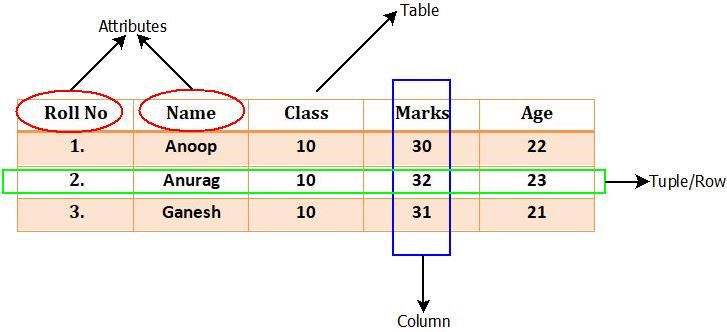SQL Introduction
- SQL Introduction : is amplified as “Structure Query Language” which was developed first in 1974 by Donald D. Chamberlin and Raymond F. Boyce. But the first release was done in 1986 and was the first language of its type.
- SQL is often pronounced as “SEQUEL” and is a type of query language through which data extraction, data manipulation and maintenance can be done.
- SQL has been in the business for about 44 years now and it is one of the most popular language for manipulating and maintaining databases of any size ranging from small to very large databases.
- We will see what SQL can do for us and why it is loved so much. Till then, just remember that it is a type of language used to manage relational databases.
SQL Introduction & RDBMS : The Relation!
- Relational Database Management Systems are the type of Database Management Systems which stores the data in the table architecture. It means, data storage is done in rows/tuples and columns of tables. Tables are used because of their simplex architecture and ability to manage data in the most appropriate form possible.
- Also, data storage using tables makes it easy to maintain, manage and manipulate data.
- Data stored in the tables can be retrieved or manipulated at any point of time. This can be done using “ Query Languages” out in which “Structured Query Language” is one of them. Other query languages includes Pl/SQL, T-SQL etc.
For example : Consider a table containing student data named as “Student_Details”.

Sample Table : SQL Introduction
Now, if a user wants to extract this data, it can be done using a query.
|
Note : A query is a statement containing a set of rules through which some results can be drawn out from a data source. |
Query : Select * from Student_Table
This query will fetch the entire table from the database. Don’t worry about the syntax and the query we have written. We will explain it in later part of this tutorial.
SQL Introduction : Why So Popular?
- The most obvious reason for popularity of SQL : It is simple to learn and easy to understand.
- Easy access to data present in the RDBMS.
- Provides luxury of managing RDBMS.
- Provides easy extraction and retrieval of data from RDBMS.
- SQL also possesses features like :
- Creation of database.
- Inserting values/records in database.
- Updating values/records in database.
- Deleting and Maintaining Values/records in database.
- Support for multiple databases like MySQL, Oracle, SQL Server etc.
SQL Introduction: Advantages
- Highly efficient in retrieving data from large databases.
- Concept of keys is supported.
- Database joins can also be used to perform data retrieval operation on multiple tables stored in the RDBMS.
- SQL databases are ISO Standardized, which makes them universally acceptable.
- Provides data restriction ability on data insertion and data deletion(Means, not everyone can make changes to database with the help of SQL queries).
- Data view-ability.
|
Note : As far as disadvantages are concerned, databases for enterprises cost a hell lot of money. |
SQL Introduction : Major SQL Databases
- There are a lot of databases available which can be used for data storage as well as data retrieval and supports SQL as the query language. Some of them are listed below.
- MySQL.
- Oracle DB.
- Microsoft SQL Server.
- IBM DB2.
- PostgreSQl.
- MariaDB etc.
- Now, let’s look at the core concepts of Structure Query Language. The concepts related to database creation, deletion, various SQL commands and many more. Do stick with us.